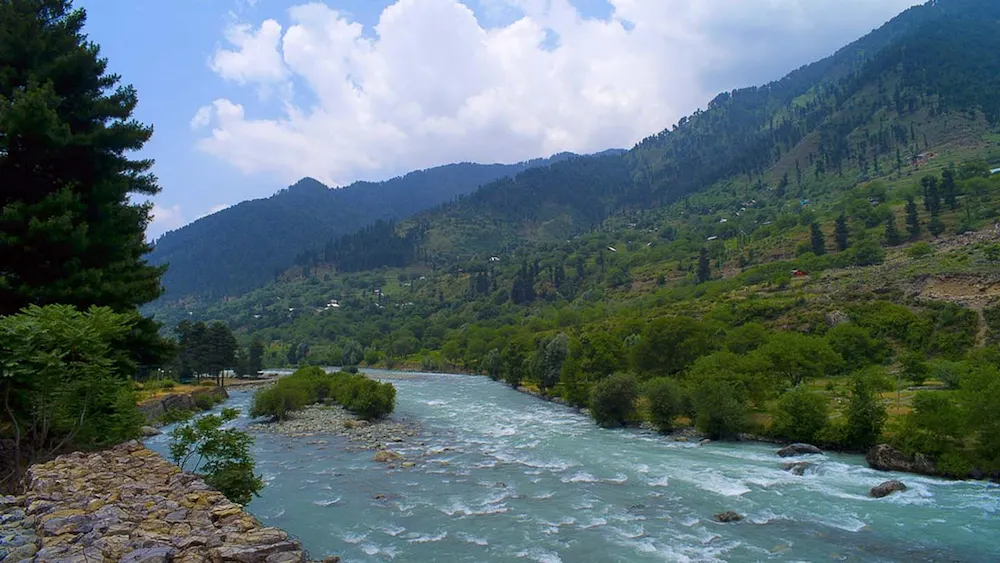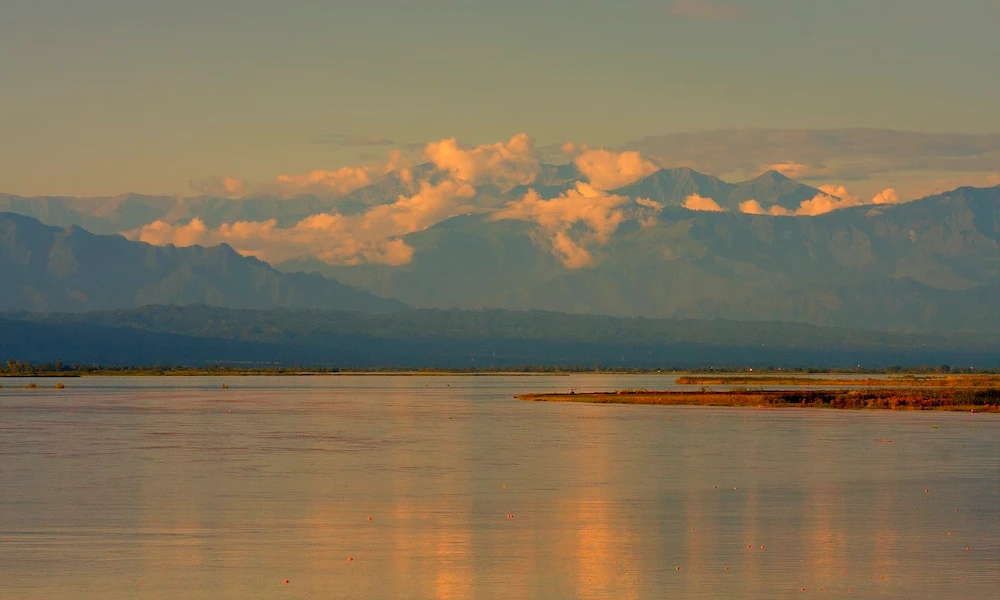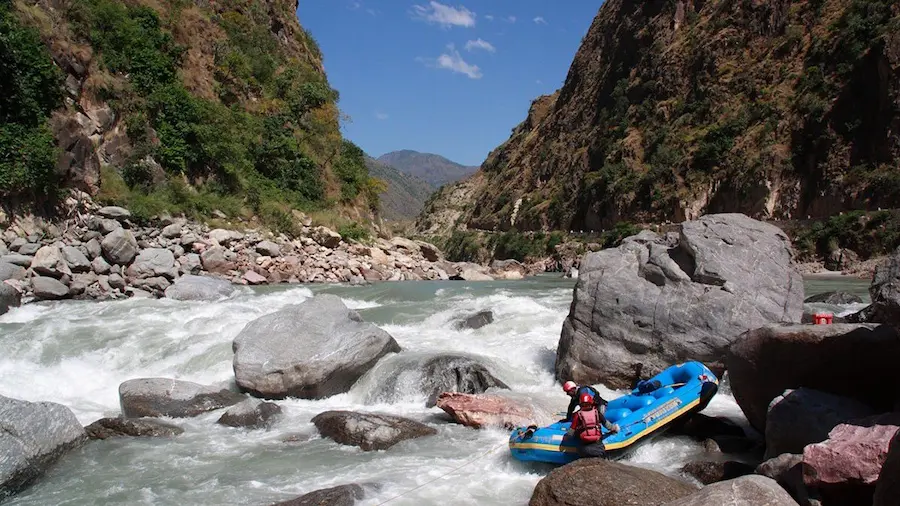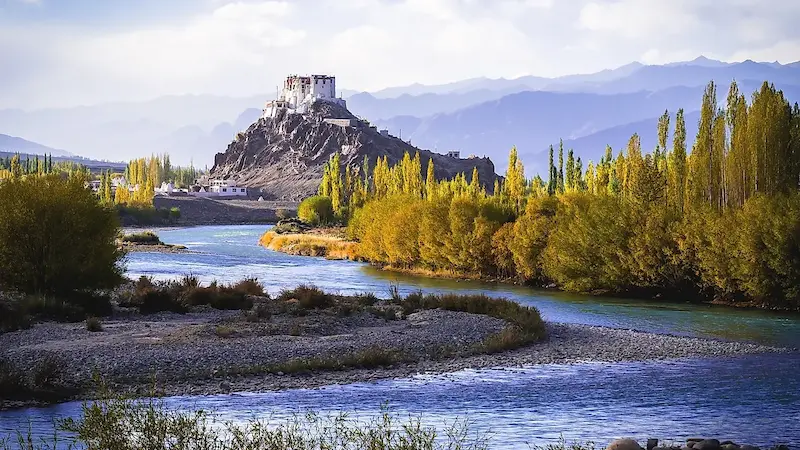Enchanting vistas, historic structures, the nation’s deadliest and most horrifying sites, and an abundance of natural resources might all be encountered in Pakistan. Rich green pastures and valleys, breathtaking highlands, and exquisite coastline scenery are also all evident. Although Pakistan is graced with far too many rivers, the five famous rivers in Pakistan are highlighted here.
The serene, vast rivers provide fascinating views. Anyone can instantaneously become quiet and peaceful due to the gentle tides and tranquility. Considering the fact that the rivers, in addition to their peace and elegance, have an important role in both the economy and politics.
In addition to serving as the main supply of drinking water, rivers are also utilized for irrigation and the production of electricity. Continue reading to discover more about Pakistan’s five most famous rivers!
Since childhood, we have been acknowledged with the five major rivers present in Pakistan that have been prominent and have played a significant role throughout the history of the nation. Consequently, the five main famous rivers of Pakistan include:
List of 5 Rivers in Pakistan
1. River Jhelum

The Kashmir Valley is traversed by the River Jhelum, which originates in northern India and eastern Pakistan. With a stretch of around 725 kilometers, it is a precursor of the River Chenab. At the base of Pir Panjal in Kashmir, the river derives its source from the Verinag spring. After that, it merges with its branches, the Lidder River and Sind River, in the Kashmir Valley at Khanabal and Shadipora, respectively. Prior to actually approaching Pakistan, the river runs past Srinagar and Wular Lake. The Mangla Dam, the biggest dam in the universe that was established in 1967, is one of the numerous dams which have been created on the River Jhelum because of its immense potential for electricity production.
2. River Chenab

In the Himalayas, it is formed by the convergence of the Bhaga and Chandra rivers. Greeks in antiquity referred to this river as Acesines. Similar to the River Jhelum, the River Chenab separates Pakistan and India. It emerges in the upper Himalayas and descends through the Jammu region of Jammu and Kashmir into the Punjab lowlands of Pakistan eventually connecting to the Indus River.
Indians were familiar with the river since the time of the Vedas. After Beas and Jhelum combine to form Chenab, Ravi, and Sutlej follow suit, forming Panjnad closer to Uch Sharif. By joining the Indus River at Mithankot, the united waterway travels southwest for almost 45 kilometers. Further into the Arabian Sea, the Indus meanders unabated.
3. River Ravi

In northwest India and eastern Pakistan, there is a river by the name of Ravi. It is also one among the six rivers that make up the Indus System in Punjab. The waters of the River Ravi were allotted to India under the Indus Water Treaty. Comparable to this, the Indus Basin Project used water exchanges from western Indus River System tributaries to restore the Ravi in Pakistan.
The River Ravi contributes as the Indus River Basin’s major tributary and is acknowledged to be one of its key essential components. River Ravi also has a serious influence on Pakistan’s environment as River Ravi is in charge of the cultivation of deodar, walnuts, mulberry, aromatic wood, contorted cypress, olives, and Kakkar. Its waters meander through Pakistan and merge with the Indus River, which discharges into the Arabian Sea.
4. River Sutlej

The Punjab province in Pakistan has been the birthplace of the Sutlej River, which happens to be the country’s longest river. It is a transnational river that stretches across northern Pakistan and India. Satadree is another appellation for River Sutlej that is widely used colloquially. The Sutlej River originates in Tibet, west of Lake Rakshastal’s watershed region.
According to the Indus Waters Treaty involving India and Pakistan, India is granted permission to the Sutlej’s waterways. Around 14 million acre-feet of water flows through the river each year. Because it has contributed to the production of hydroelectric power, the River Sutlej is vital for Pakistan. Pakistan has numerous energy projects that rely on the River Sutlej.
5. River Indus

Alternatively called the Sindhu River, the Indus River was alluded by the ancient Indians as Sindhu and thus the Persians as Hindu, so both inhabitants deemed it to be “the boundary river.” It ranks among the biggest rivers across the entirety of Asia. China, India, and Pakistan are all traversed by the river. The river flows through Ladakh in India before merging with the Arabian Sea and flowing toward Gilgit-Baltistan. Even the geography of the river is quite intriguing. It emanates in the Himalayan, Karakoram, and Hindu Kush mountain ranges’ springs and glaciers.
The northernmost part of the Indus Valley and its streams make up the Punjab region, whereas Sindh is the name given to the downward course of the river which culminates in a massive estuary. The country’s economic environment receives water resources from this river. It provides support for numerous major industries and functions as the nation’s primary water provider.
Conclusion
These are therefore the five most important and famous rivers in Pakistan. Not only are these fundamental for the country’s economic development, but they also have an important role in supporting other sectors of the country including agriculture, tourism, and hydroelectricity.


Comment (0)